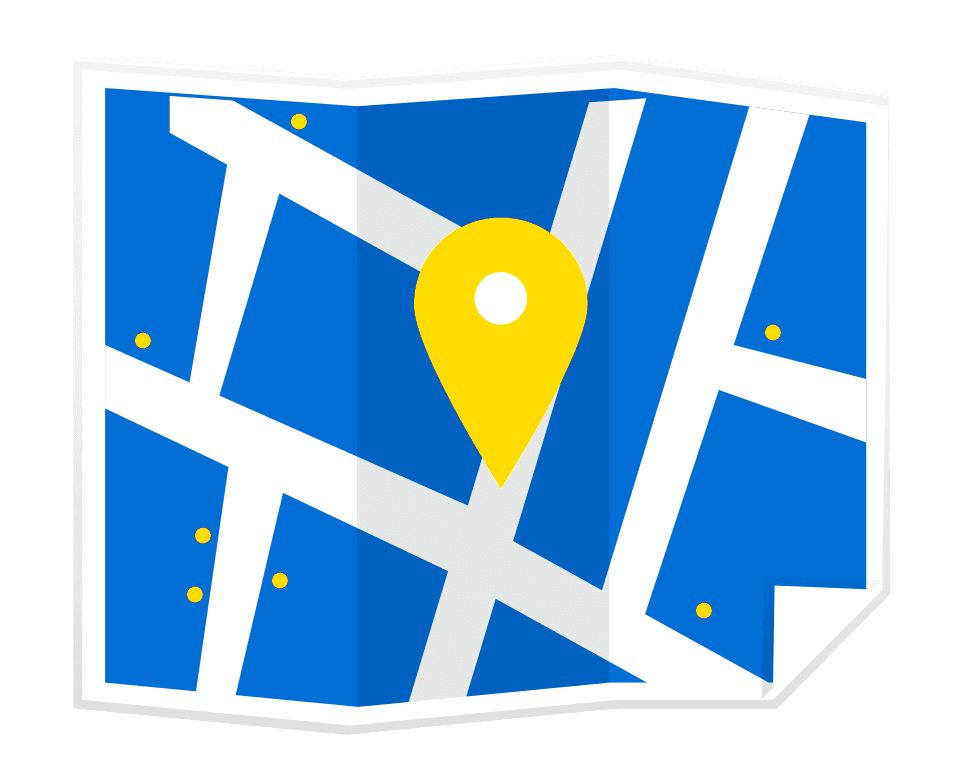How to use density of traffic to support your site location strategies?
The competition between brick and mortar-based companies, whether it be retailers, retail banks, or even commercial real estate owners, grew quickly over the last few years. As an example, Canada is currently struggling to find jobs for recent waves of immigrants but is also facing a major real estate crisis to house them. In other G20 countries, cities are now touching what used to be called “rural locations” as construction is hitting new marks. This makes traffic counts and demographic analysis crucial for retail development.
Even if demography remains at the heart of the situation, several new dynamic inputs such as commercial real estate traffic count can help landlords and retailers to forecast growth, demand and even pricing of their goods and services.
Traffic data has been one of these dramatic shifts in data science that now enables organizations to understand, for example, what is a good traffic count for retail. With near-real time data sources for actions in days, not in years, traffic data is essential for store performance optimization.
While working with granular traffic density data, most users tend to face difficulties either dealing with the volume of the data, contextualizing traffic count information on the road network or simply failing to derive clear analytics from it. This might be the consequence of a lack of inhouse geospatial expertise for site location or challenges related to the integration of multiple sources of datasets. Additionally, the way the density of traffic data is aggregated, and the way trade areas area defined can have a significant impact on the portrait produced by the analytics.
In this workshop, you will learn:
- How to leverage traffic data for site location in high density traffic areas
- How Korem’s geospatial expertise can help you fully take advantage of road network attributes for business success
- How a customizable solution could best align with business analysis
- How to maximize ROI from traffic data through Korem’s geospatial expertise




